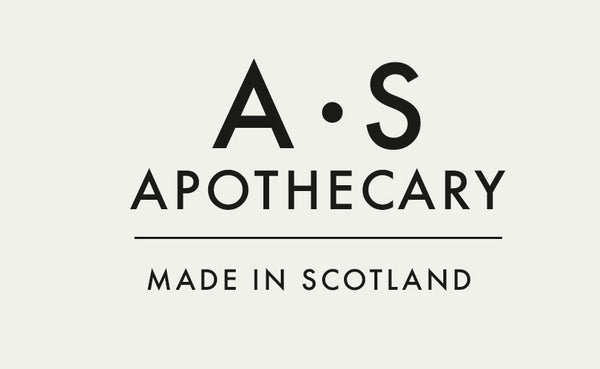Rowan (Sorbus aucuparia), living for up to 200 years, is one of the most important trees we work with. Unlike many others its small size and frankly astonishing hardiness means that it not only survives but thrives in sheltered spots in Harris. It can be seen growing out of rocks, with little to no soil and in the direct path of ferociously salty wind.
It was planted here on the island to protect from evil spirits, often near the house. Its branches were wound with red thread and put above the barns housing livestock to keep them safe. This is very much the folklore around it, as protection against witches, faeries, and evil spirits and the cutting down of a Rowan tree is regarded as provoking bad luck on the whole family.
I especially love the Norse myth where the boughs of the Rowan tree bent over the river Vimur catching Thor, the God of Thunder, pulling him to safety and away from certain death. The tree is known as "the salvation of Thor" and is supposed to be invulnerable to lightning strikes.
It is also a useful tree, the bark has been long used for dyeing, producing a black dye.
Rowan is a host for many birds, in the Hebrides they offer life saving food in inhospitable terrain, long after the majority of forage has finished. The berries contain a seed in a hard casing that passes through the gut of the bird and is then deposited with a convenient instant fertiliser wrapping of guano to sustain the seed as it germinates. This is so clever because it also prevents seedlings popping up close to an existing tree, which in such poor soil might act as real competition for very limited nutrients.
Medicinal
The berries were once used as a gargle for sore throats, for treating diarrhoea and as a preventative of scurvy. For safe consumption of the berries, the seeds should be removed because they contain cyanogenic producing glycosides, which when digested, produce hydrogen cyanide. Alternatively the berries can be either cooked well or frozen - both methods render the toxic elements safe.
We use the berries in our
Timeless Beauty Serum. It is one of the picks that I most look forward to, the glossy red berries hanging in such abundant clusters are so pretty. We dry them and then they join the other island botanicals to create an outstanding oil. They have such great skin benefits they are anti-inflammatory, helping to protect against oxidative stress, supporting collagen production and they brighten skin beautifully
Food
Rather than mention Rowan Jelly which is commonly made and eaten and not massively thrilling, Mark from Galloway Wild Foods talks about the very young flower and leaf buds of the Rowan Tree which are delicious. They have a lovely almond flavour which is produced by the cyanogenic compounds so don't eat many raw, instead make the syrup below and then tip it onto pancakes, pannacotta, cakes and pastries and best of all, once the buds have been strained from the syrup they can be dehydrated to make a scrumptious snack.
Drink
Rowan Bud Syrup Recipe
This is one of Mark Williams recipes and it is delicious:.
Place young rowan flower buds and very young leaf buds in a pan
Cover with cold water, measuring how much water you use
Add 100 grams of sugar per 100 ml of water. You can make a stronger, thicker syrup by adding up to twice the amount of sugar as water. Stronger syrups keep better.
Turn on the heat and stir to dissolve the sugar
Raise the temperature to 70ºC.
The longer you go over this temperature, the less almond flavour your syrup will have,
strain the hot syrup into a clean jug
Sterilise your bottles and hot fill. Cap them and lay them on their side to ensure the cap is sterilised too. With gloves on, turn them over and then leave them to cool completely.
Adding 10% vodka to your syrup will increase its keeping qualities, or keep in the fridge,

